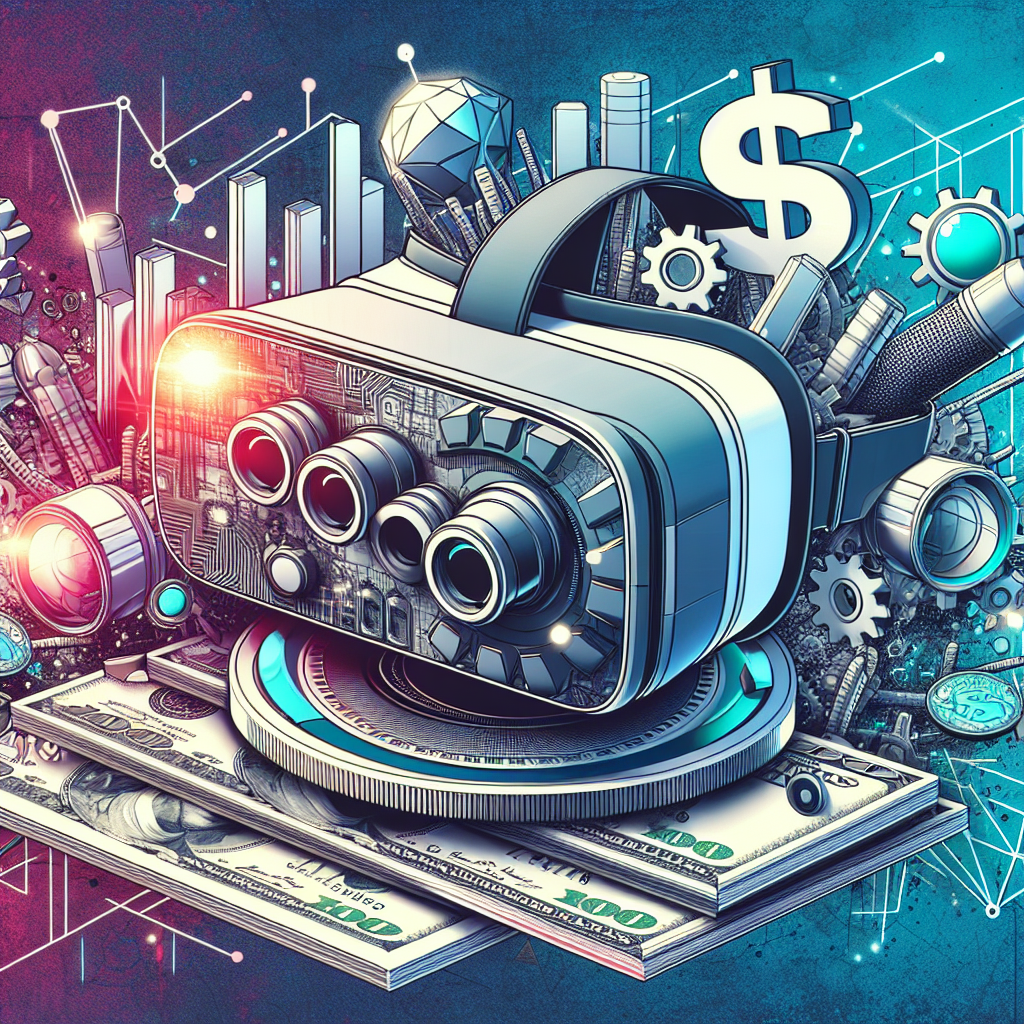In a world evolving at high speed towards smart technologies, virtual reality (VR) is redefining boundaries. With this comes an opportunity to consider what we truly value about our physical environment as we journey through artificially created landscapes.
Within the travel sector in particular, VR is becoming increasingly influential. From virtual tours to immersive documentaries, destinations are being brought to life in ways never before possible.
Industry Overview
The emerging VR industry is set on a trajectory that could reshape many sectors including tourism, entertainment and education. But with advancements come costs; technological requirements for VR are extensive with hefty investments required for creation of these digital worlds.

Current Trends
Digital immersion has taken hold as travellers seek out unique experiences from their living rooms. The pandemic acted not only as a catalyst but also highlighted potential inefficiencies within traditional travel models.
Key Players
Tech giants like Google’s ‘Tilt Brush’ and Facebook’s ‘Oculus’ lead the race while new startups such as ‘wander.world’ capitalise on niche markets, offering one-of-a-kind experiences tailored to specific audiences.
Creative Process
The creative process in designing these digital realities remains both intricate and artistic. It involves 3D modelling, sound design and even sometimes smell engineering!
Market Dynamics
A study by Grand View Research projects that by 2025, the global VR market will reach $62.1 billion. With a pie this extravagant, competition is intense and focused on fostering innovation.
Audience Response
Despite initial skepticism, audiences are warming to the concept of VR travel. The lure of experiencing destinations without dealing with real-life drawbacks such as crowds or long flights is appealing.
Industry Challenges
Beyond technological limitations, VR grapples with problems like motion sickness and lack of ‘touch’ sensation which could detract from user experience. Additionally, ensuring accessibility for all users remains an ethical question within the industry.
Future Directions
Developments in tactile feedback technology and holography predict a future where virtual experiences become unrecognizable from reality itself.
Cultural Impact The implied cultural ramifications are vast; how we perceive places and cultures may change fundamentally as personal interpretations are replaced by standardized virtual depictions. What’s Next?
The integration of AI into VR might be the next big leap paving way for dynamic interactions within these digital worlds, potentially revolutionising the narrative aspect of virtual storytelling.
In conclusion, while cost implications might seem overwhelming at first glance – both financially but also ethically – it becomes clear that VR bears immense potential to redefine what we understand as travel today. Like every pioneering venture though, its success depends on adapting to challenges while maintaining dedication towards creating something extraordinary.



